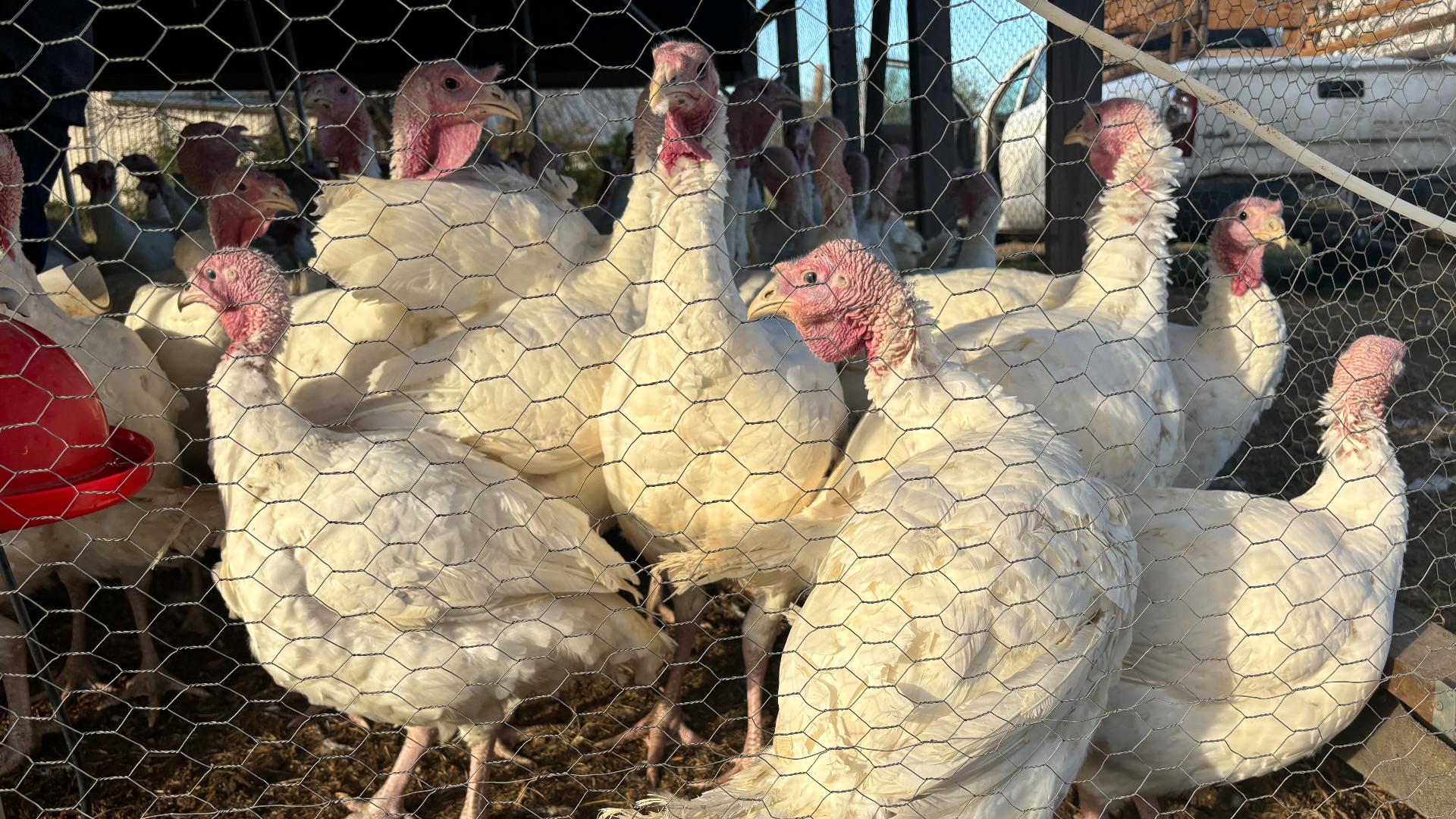HARRISBURG, Pa. — The Game Commission is asking Pennsylvanians to report any sightings of turkey flocks from now until March 15.
The Commission says the sightings and subsequent trappings are part of ongoing population monitoring as well as a large-scale turkey study.
“We’re studying turkey population and movement dynamics, disease prevalence, and other aspects that may limit populations,” said Mary Jo Casalena, the Game Commission’s turkey biologist.
The organization will trap the turkeys in order to place leg bands before releasing them. The birds will not be moved from where they are found.
Hunters who harvest one of those turkeys, or people who find one dead, are asked to report the band number by either calling the toll-free number or emailing the Game Commission using the email address on the band. New on this year’s leg bands is a website for directly reporting the information into the database.
“These data give us information on annual survival rates and annual spring harvest rates for our population model and provides the person reporting information on when and approximately where it was banded,” Casalena said.
Some turkeys in four Wildlife Management Units will also receive GPS transmitters so that they can be monitored over time.
The four study areas have different landscapes, turkey population densities and spring hunter and harvest densities. Trackers will be placed on approximately 150 hens and 100 males total.
The population and movement portion of the study looks at how landscape and weather impact hen nest rates, nest success, poult survival, predation, habitat use and movement.
The disease portion of the study examines how disease prevalence varies based on landscape and impacts things like the survival and nesting rates of hens of different ages. This is accomplished by collecting blood, tracheal, feces and skin from turkeys that receive backpack-style transmitters at the time of capture.
Those with turkey sightings to report can fill out the form found online here. They will be asked to provide the date of the sighting, the location and the type of land (public, private or unknown) where birds are seen, among other things.
The studies are being conducted in partnership with Penn State University and the University of Pennsylvania’s Wildlife Futures Program, who will interpret the data collected. Biologists from Maryland, New Jersey and Ohio joined the study this year as well.
“It is the largest turkey project we’ve ever conducted, with the hope of answering many questions regarding current turkey population dynamics,” Casalena said.
The Game Commission has launched these studies for the past three winters, and they will continue next winter for both male and female turkeys. Hen monitoring will continue through 2025.
Last winter’s Wild Turkey Sighting Survey was extremely useful to staff for locating trappable flocks, Casalena said.
“The public was so helpful last year and even helped with monitoring sites and trapping,” Casalena said. “We really look forward to it expanding this winter.”
In the end, the organization will monitor more than 400 females and more than 200 males.



